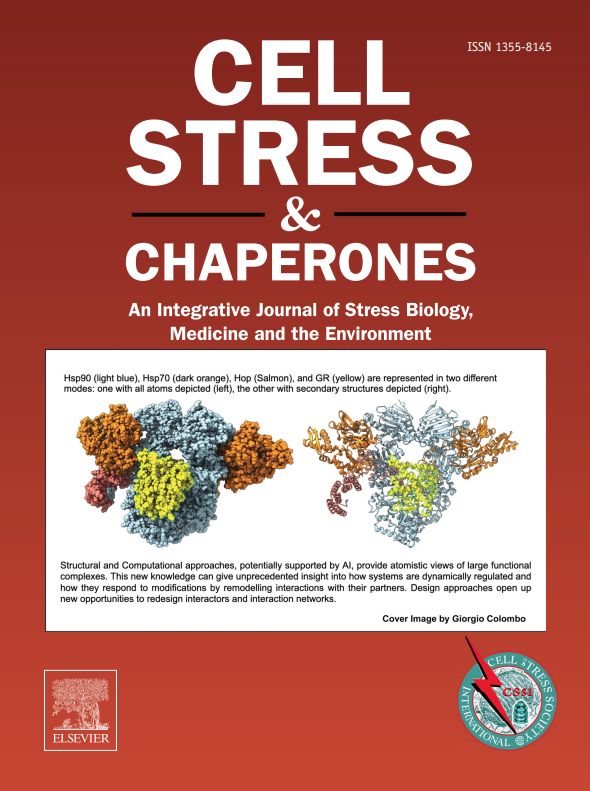Autophagy in proteostasis and aging in Caenorhabditis elegans
IF 3.2
3区 生物学
Q3 CELL BIOLOGY
引用次数: 0
Abstract
Proteostasis (protein homeostasis), the balance of protein synthesis, folding, and degradation, is critical for cellular function and organismal health. Its disruption leads to the accumulation of misfolded and aggregated proteins, hallmarks of aging and age-related diseases, including neurodegeneration. Autophagy, a conserved lysosome-mediated degradation pathway, is central to proteostasis by clearing toxic proteins and damaged organelles. In Caenorhabditis elegans, studies across conserved longevity paradigms and models of neurodegenerative diseases have defined key mechanisms by which autophagy maintains proteostasis during aging and stress. Beyond its degradative functions, autophagy contributes to spatial quality control by promoting the formation of potentially protective protein inclusions and coordinating with the ubiquitin-proteasome system. Emerging evidence also points to noncanonical autophagy pathways, such as unconventional secretion and inter-tissue communication, that broaden its role in systemic proteostasis. Together, these advances underscore autophagy’s multifaceted contribution to protein quality control, with wide-ranging implications for aging, stress resistance, and neurodegenerative disease.
秀丽隐杆线虫蛋白静止和衰老中的自噬。
蛋白质稳态(蛋白质稳态),蛋白质合成、折叠和降解的平衡,对细胞功能和机体健康至关重要。它的破坏导致错误折叠和聚集蛋白质的积累,这是衰老和包括神经变性在内的年龄相关疾病的标志。自噬是一种保守的溶酶体介导的降解途径,通过清除有毒蛋白和受损细胞器对蛋白质稳态起着重要作用。在秀丽隐杆线虫中,对保守长寿模式和神经退行性疾病模型的研究已经确定了自噬在衰老和应激过程中维持蛋白质平衡的关键机制。除了降解功能外,自噬还通过促进潜在保护性蛋白包涵体的形成和与泛素-蛋白酶体系统的协调,有助于空间质量控制。新出现的证据也指出非典型的自噬途径,如非常规的分泌和组织间的交流,扩大了其在全身蛋白质平衡中的作用。总之,这些进展强调了自噬对蛋白质质量控制的多方面贡献,对衰老、应激抵抗和神经退行性疾病具有广泛的影响。
本文章由计算机程序翻译,如有差异,请以英文原文为准。
求助全文
约1分钟内获得全文
求助全文
来源期刊

Cell Stress & Chaperones
生物-细胞生物学
CiteScore
7.60
自引率
2.60%
发文量
59
审稿时长
6-12 weeks
期刊介绍:
Cell Stress and Chaperones is an integrative journal that bridges the gap between laboratory model systems and natural populations. The journal captures the eclectic spirit of the cellular stress response field in a single, concentrated source of current information. Major emphasis is placed on the effects of climate change on individual species in the natural environment and their capacity to adapt. This emphasis expands our focus on stress biology and medicine by linking climate change effects to research on cellular stress responses of animals, micro-organisms and plants.
 求助内容:
求助内容: 应助结果提醒方式:
应助结果提醒方式:


